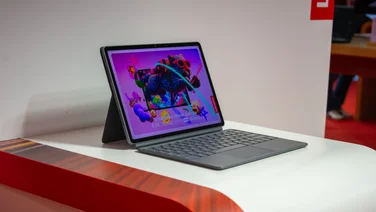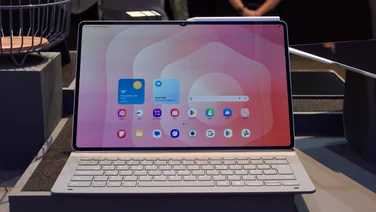To help us provide you with free impartial advice, we may earn a commission if you buy through links on our site. Learn more

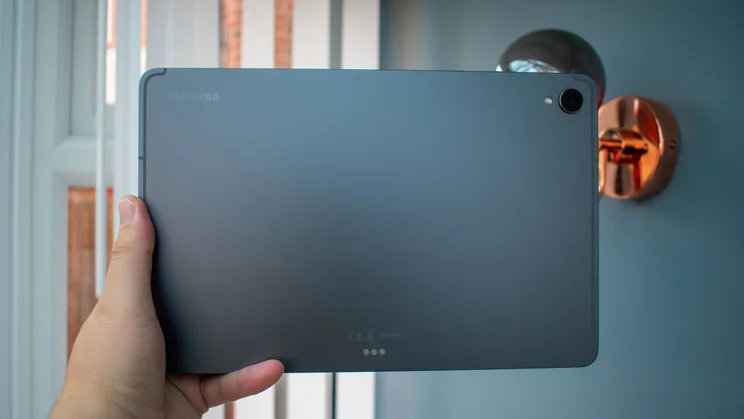
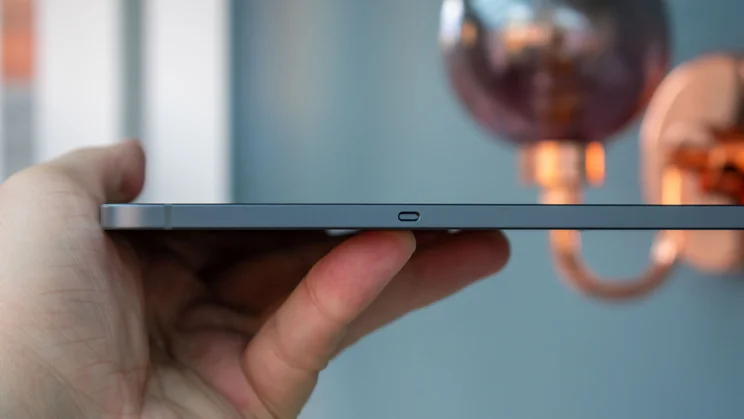
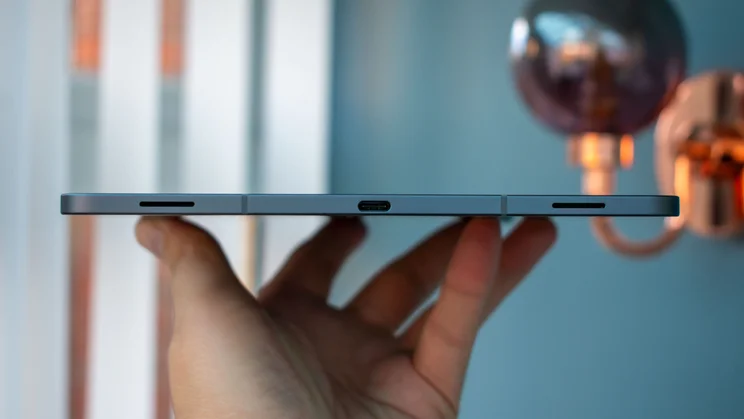
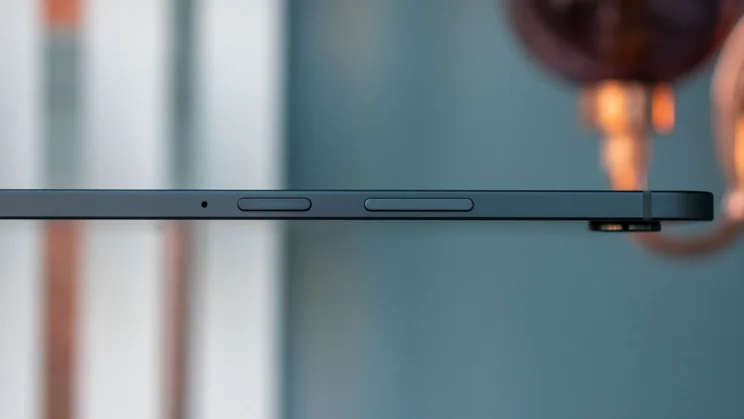
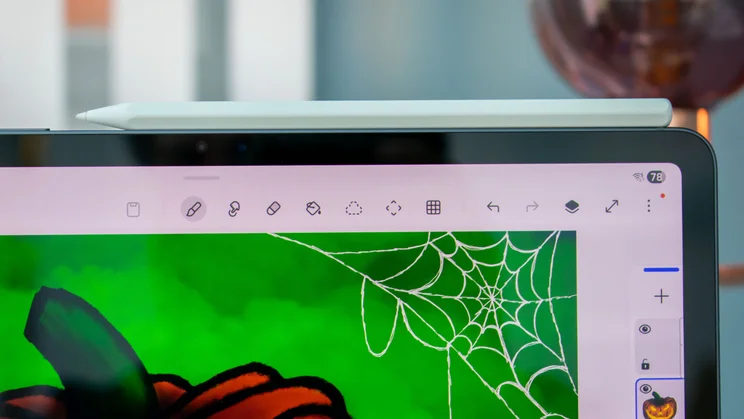
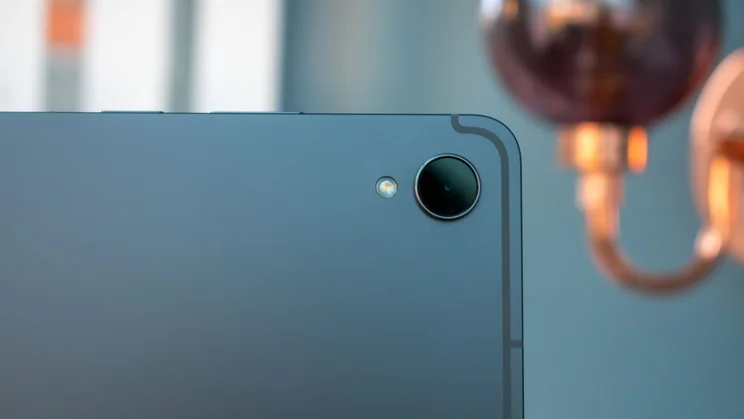
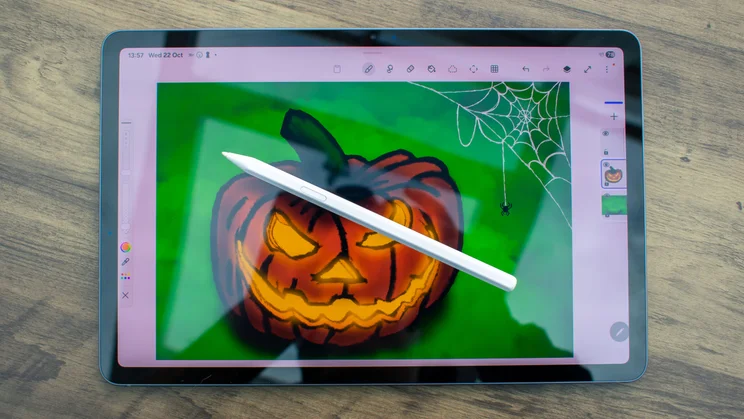

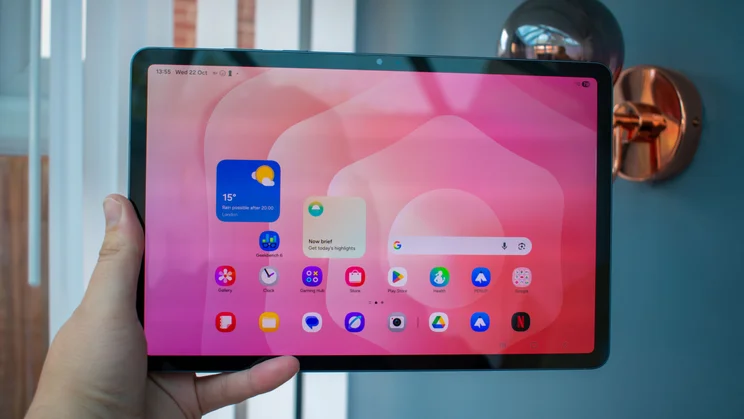
- Killer performance
- Bright, punchy display
- Redesigned S Pen stylus
- Not the best value for money
- Battery life could be better
- No reflective coating on display
Samsung has the expertise to make a good tablet in its sleep, and, to a certain degree, that’s how it feels the Galaxy Tab S11 came to be. That’s not to suggest that it’s anything less than an incredibly well-made tablet with a sleek design, powerful processor and the best software support of any Android tablet.
It’s just that, while Samsung has been sleeping, the competition has let their elves loose in the cobbler’s, and we’re now at a point where there are several viable Android alternatives to Apple’s iPad. More to the point, a few of them offer more power, bigger screens or better features for less money.
So while the Samsung Galaxy Tab S11 is a safe and reliable choice that will absolutely not disappoint you, I don’t see it as particularly great value for money in today’s market.
What do you get for the money?
The Samsung Galaxy Tab S11 is available in either grey or silver and starts at £799 for the Wi-Fi-only 128GB model, with the 256GB version at £899 and the 512GB costing £999. You can also get a 5G version of each storage configuration for an additional £150. Samsung has once again included a microSDXC slot, so you can expand storage by up to 2TB.










There was no base model Galaxy Tab S10 last year, so I’ll primarily be using the more expensive Samsung Galaxy Tab S10 Plus for comparison purposes. It is worth noting, however, that 2023’s Galaxy Tab S9 also started at £799, so Samsung has at least not tried to sneak up the price.
For that money, you’re getting a gorgeous AMOLED display that measures 11in across the diagonal (unrelated to the name, this is just the 11th-generation model) with a resolution of 2,560 x 1,600 and a peak refresh rate of 120Hz.
There’s a 12-megapixel selfie camera set into one of the long bezels, with a 13-megapixel lens tucked away in the corner on the rear. Both are perfectly acceptable, taking okay photos and shooting video up to 4K/30fps – you don’t need anything better than these for a tablet.










Inside, the Galaxy Tab S11 uses the same MediaTek Dimensity 9400+ processor as its bigger, more expensive sibling, the Samsung Galaxy Tab S11 Ultra, again paired with 12GB of RAM – though the Ultra also has a beefier option with 1TB of storage and 16GB of RAM.
The battery is naturally smaller than the Ultra’s, too (8,400mAh compared to 11,600mAh), but you get the same 45W wired charging speed.
Also, just like the Ultra, the Tab S11 can be paired with a keyboard case to double as a laptop replacement. This usually adds another £199 to the bill, but, at the time of writing, you can nab a slim keyboard case for free when buying directly from Samsung.










Regardless of when or where you buy the Tab S11 from, you’ll get the S Pen stylus bundled in the box. This is a very welcome inclusion: Apple charges £79 for the Apple Pencil USB-C and £129 for the Apple Pencil Pro if you want a stylus to accompany the £999 11in iPad Pro (2024).
Apple technically has a better-value option in the 11in iPad Air (2025), which starts at £599 for the 128GB model (£678 when you add the Apple Pencil USB-C), but this model only has a 60Hz display, which is a tough pill to swallow from such an expensive machine.
What did I like about it?
One of the first things that always stands out to me about Samsung tablets is the design. It’s utilitarian in its aesthetic, but there’s no denying the sleekness of the build. The Tab S11 has a footprint of 254 x 155mm, with the wonderfully slim 5.5mm depth and airy weight of 482g (Wi-Fi model) or 484g (5G version), making it a delight to hold.










It’s also pleasingly durable, with a solid aluminium frame and rear that doesn’t bend or creak under pressure, and an IP68 rating for dust and water resistance. While commonplace on flagship smartphones, this kind of official rating is still far from guaranteed on tablets – the aforementioned iPad Pro, for instance, lacks an official IP rating – Samsung leads the field in this regard.
I like the new design of the S Pen, too: instead of rounded with one flat edge, it’s now got a hexagonal body which feels more comfortable to grip, the nib is a little bigger and more rounded, making for smoother strokes over the display that feel less scratchy, and the single button is a little smaller, which led to fewer accidental presses. It also now snaps onto the top edge for charging instead of a dedicated strip on the rear.
Doodling felt a lot more comfortable with that rounded nib, and Samsung’s PenUp app continues to be one of the better native sketching playgrounds, with a broad selection of tools that deliver notably different results depending on the amount of pressure you apply.










In fact, the software in general is very good. OneUI 9 is built on Android 16 and is one of the slicker, more polished launchers out there. Samsung continues to pledge seven years of updates for its flagship tablets, which is better than any other brand, and DeX mode gets an appreciated update here, too. It now supports dual-screen output, allowing you to work seamlessly across the tablet screen and a connected monitor.
The MediaTek Dimensity 9400+ can’t hold a candle to Apple’s ridiculously powerful M4 processor, with the iPad Pro pulling so far ahead of the Android competition that it belongs in a different weight class. Compared to the best on this side of the fence, however, the Galaxy Tab S11 is a fantastic performer.
As you can see below, the MediaTek chip keeps up well with the Snapdragon 8 Elite that powers the OnePlus Pad 3, with broadly similar results in both the single and multi-core portions of the Geekbench 6 test. And realistically, this is more than powerful enough for most people’s needs.
Gaming performance is exemplary, as well. The smaller, less pixel-dense display allowed it to storm ahead of the competition in the onscreen test, but, looking at the offscreen results, you can see that it’s roughly in line with the Ultra and not far behind the OnePlus Pad 3 and iPad Air.
Gaming and streaming are both a delight on the Tab S11, with the quad speakers putting out loud and clear audio and the display pairing the deep, inky black level and essentially perfect contrast of AMOLED panels with Samsung’s punchy colour science. The default Vivid profile makes your games and movies pop that little bit more, but if you’re here for art, you’ll want to switch to the Natural profile.
This setting aims for greater fidelity to the sRGB colour space and does a reasonably good job of it: using a colorimeter, I recorded a gamut coverage of 99.1% and a volume of 104.8%. The average Delta E colour variance score of 2.06 is a little higher than the target value of 1 or under that I prefer to see, but it’s not errant enough for colours to look wrong.
What could it do better?
One aspect of the display I was disappointed about is the lack of the anti-reflective coating found on the Ultra model. This was introduced in the previous generation, and the Tab S10 Plus had it, so it’s disappointing to see the S11 left to deal with intrusive glare all by itself.
It’s fine to strip cheaper models of features to better differentiate the top-tier product, but in this case, Samsung is dropping things that the competition offers for less money. The iPad Air (2025), for instance, has an anti-reflective coat and a starting price that is £200 less than the Galaxy Tab S11.










Which dovetails neatly into my next point – I don’t think the Tab S11 is especially good value for money. It’s an incredibly polished and competent tablet that’s great for media, art and productivity alike, but there are several areas in which cheaper tablets are more appealing.
In addition to its anti-reflective coating, the iPad Air (2025) is more powerful than the Galaxy Tab S11 and benefits from Apple’s superior selection of apps that have been specifically optimised for tablets. The OnePlus Pad 3, meanwhile, has a larger 13in display, faster performance and much better battery life.
By comparison, the Galaxy Tab S11 is a great all-rounder but very expensive, and doesn’t really excel in any one area. Battery life is an improvement over both the Galaxy Tab S10 Ultra and Tab S10 Plus from last year, but it’s still towards the rear of the pack. If the Tab S11 could have achieved stamina closer to that of the Ultra model, there would be one fewer reason to be tempted by the more affordable OnePlus Pad 3.
Charging isn’t the fastest around, but 45W is still nothing to sniff at. My 125W charger got the tablet charging at around 41W fairly consistently and took the battery from empty to 50% in 30 minutes, with a full charge taking 1hr 24mins.
Finally, just as I saw with the Samsung Galaxy S25 Ultra, the Galaxy Tab S11’s S Pen has lost support for Bluetooth Low Energy. This means you can no longer use the stylus to remotely control things on the tablet, like navigating the camera or running through a slideshow. Samsung claims that less than 1% of people used this feature, so its absence likely won’t affect most, but it’s still a shame to see.
Should you buy the Samsung Galaxy Tab S11?
If you’ve eyed the Galaxy Tab S11 Ultra’s massive screen and equally hefty price tag with wary eyes, the Tab S11 is a fantastic compromise. Performance, features and software support are just as good, it’s much lighter and more manageable, and the price is much easier to stomach than the Ultra’s four-figure sum.
Before you pull the trigger, however, it’s worth considering your priorities. System-agnostic users, for instance, can get better value for money from the iPad Air (2025) – as long as you don’t mind the 60Hz display. Equally, if you care more about a screen’s size than it using AMOLED technology, the 13.3in display on the OnePlus Pad 3 is a better fit for you – and you get stronger performance and exceptional battery life, to boot.






